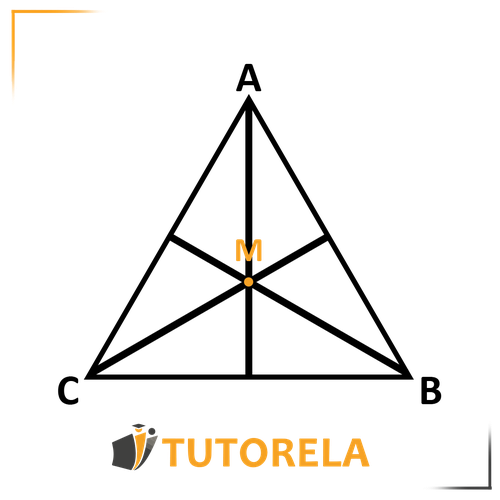A median of a triangle is a line segment that connects a vertex to the midpoint of the opposite side. In triangle △ABC, we need to identify such a median from the diagram provided.
Step 1: Observe the diagram to identify the midpoint of each side.
Step 2: It is given that point E is located on side AC. If E is the midpoint of AC, then any line from a vertex to point E would be a median.
Step 3: Check line segment BE. This line runs from vertex B to point E.
Step 4: Since E is labeled as the midpoint of AC, line BE is the median of △ABC drawn to side AC.
Therefore, the median of the triangle is BE for AC.
